The piano is a versatile and popular musical instrument that consists of various intricate parts working together to produce beautiful melodies. Some of the key piano parts include the keyboard, strings, hammers, pedals, and soundboard.
Each of these piano parts plays a crucial role in creating the distinct sound and tone of the piano. Understanding how these components work together can help enhance one’s appreciation and mastery of this beloved instrument.
What do you know about the piano parts?
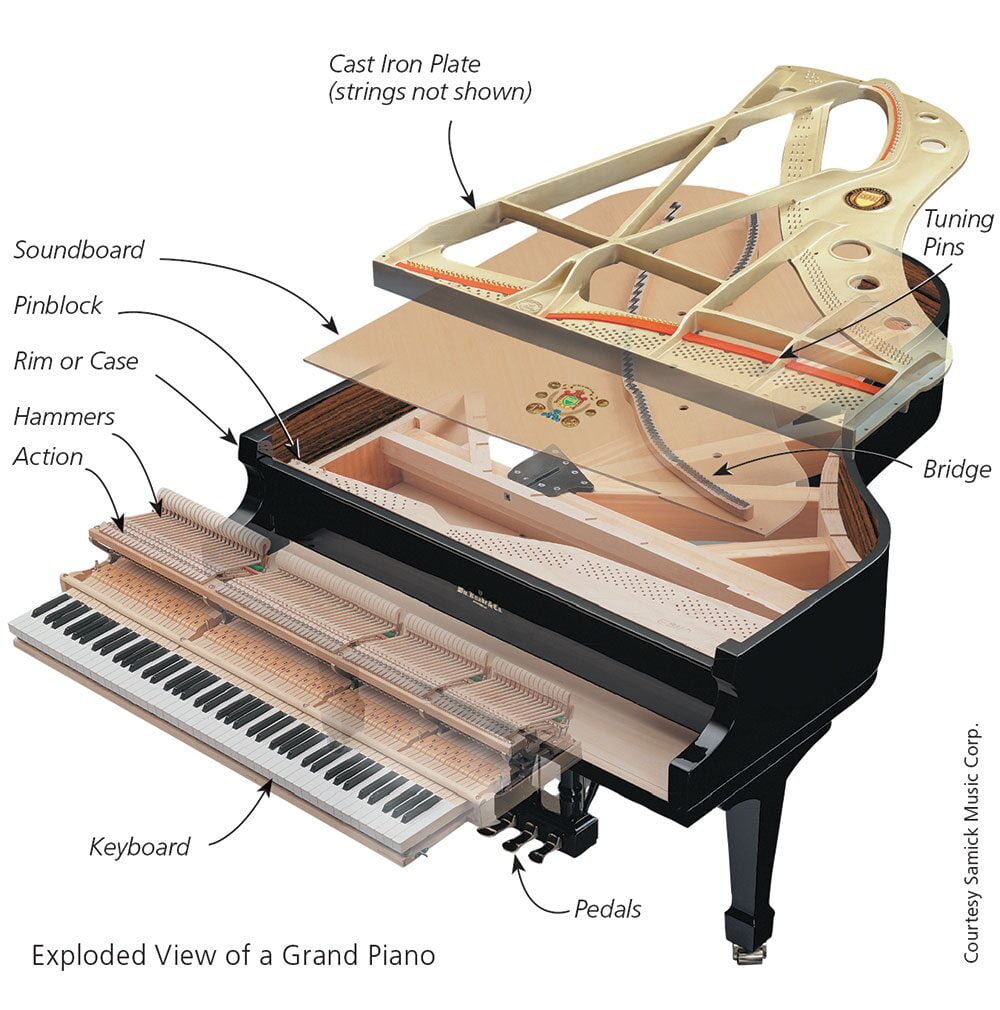
Cabinet
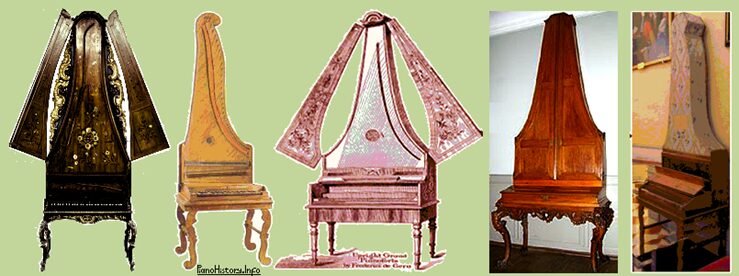
The cabinet, also known as the case, is the outermost part of the piano that encloses all the internal components. It serves both functional and aesthetic purposes, providing protection to the delicate mechanisms inside while also contributing to the overall look of the piano.
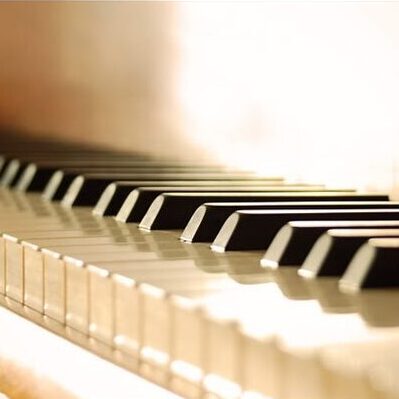
Keyboard
One of the most recognizable piano parts is the keyboard. Typically made up of 88 keys, the keyboard is where the player presses down to produce sounds. Each key corresponds to a specific note, and the arrangement of black and white keys follows a pattern that repeats across the entire keyboard.
Action
The action of a piano is the intricate mechanism responsible for translating the simple motion of pressing a key into the complex process of striking the strings and producing sound. This vital system comprises several crucial components, each playing a unique role in the production of music.
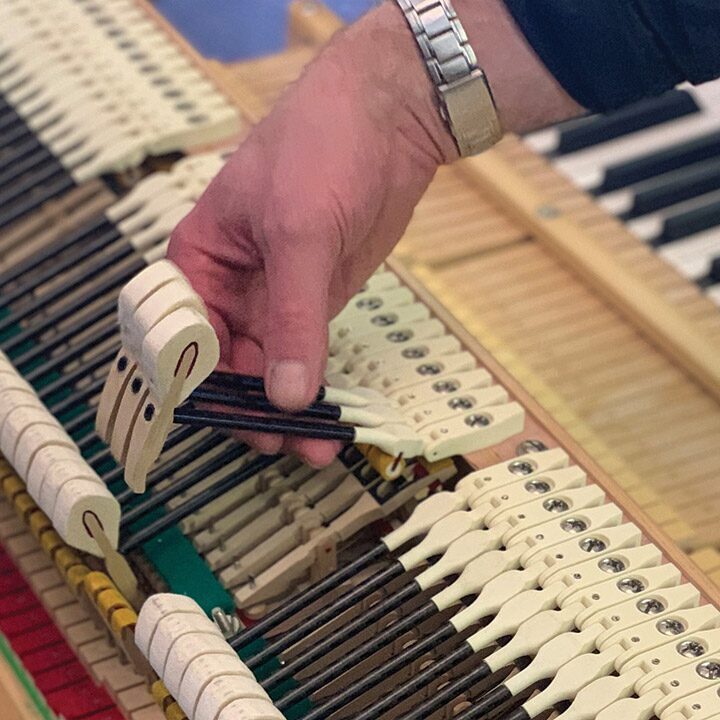
Hammers
Among the most prominent components of the piano action are the hammers. These small, padded structures are attached to each key and are responsible for striking the strings upon key press. Hammers vary in size and density, contributing to the tonal qualities of the instrument. When a key is pressed, the corresponding hammer is propelled forward, striking the strings with precision to produce the desired pitch.
Dampers

Another essential part of the piano action is the dampers. These are small felt-covered blocks that rest against the strings when keys are not depressed, preventing them from vibrating and producing sound. When a key is pressed, the corresponding damper is lifted, allowing the string to vibrate freely and produce sound. Dampers play a crucial role in controlling the sustain and decay of notes, contributing to the overall expression and dynamics of the music.
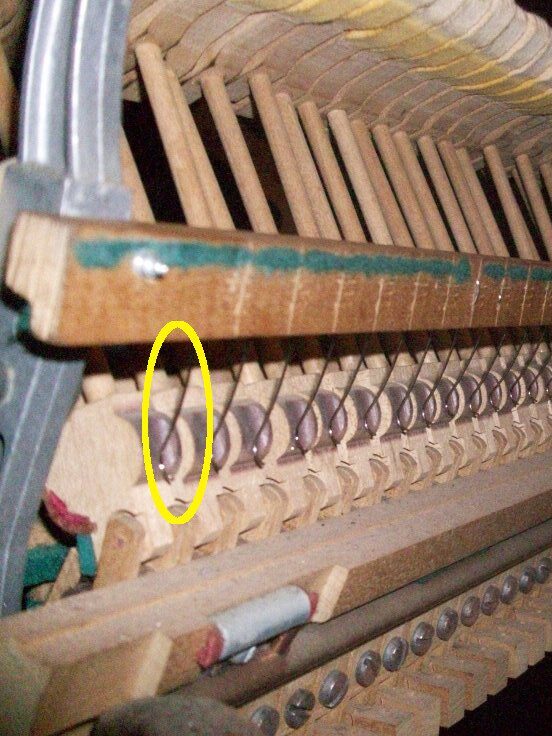
Springs
Springs are integral components of the piano action, providing tension and resilience to various moving piano parts. These springs ensure that keys return to their resting position after being pressed and that other action components operate smoothly and efficiently. Springs come in various sizes and strengths, tailored to specific action components to achieve optimal responsiveness and control.
Other Components
In addition to hammers, dampers, and springs, the piano action includes numerous other components, such as levers, pivots, and shanks. These elements work together in a complex system of interconnected piano parts, each contributing to the overall functionality and responsiveness of the action. Precision engineering and meticulous craftsmanship are required to ensure that all components interact seamlessly, resulting in a responsive, reliable, and expressive instrument.
Overall, the action of a piano is a marvel of mechanical engineering, combining precision, complexity, and ingenuity to transform the simple act of pressing a key into the rich, nuanced sound of a musical masterpiece. Understanding the inner workings of the piano action sheds light on the craftsmanship and artistry behind this timeless instrument.
Strings

At the heart of the piano are the strings, responsible for producing sound when struck by the hammers. The strings are carefully tuned to specific pitches and are divided into treble and bass sections. The length, thickness, and tension of the strings all contribute to the unique timbre of the piano.
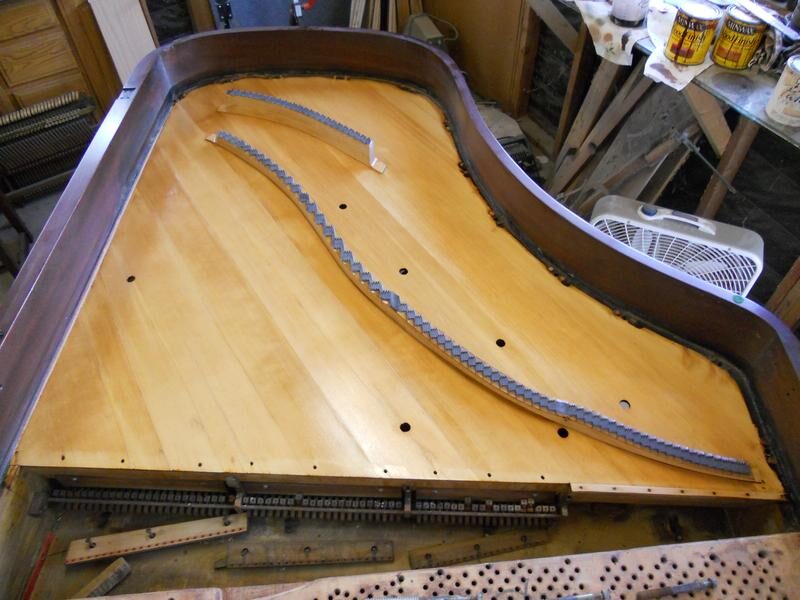
Soundboard
The soundboard is a crucial component that amplifies the vibrations of the strings, enhancing the volume and resonance of the sound produced by the piano. It is usually made of a thin sheet of wood that efficiently transfers the energy from the strings to the surrounding air.
Internal Mechanisms
While the external piano parts are easily visible, the internal mechanisms play a crucial role in determining the instrument’s tone, touch, and overall performance. Let’s explore some of the key internal components that contribute to the piano’s sound.
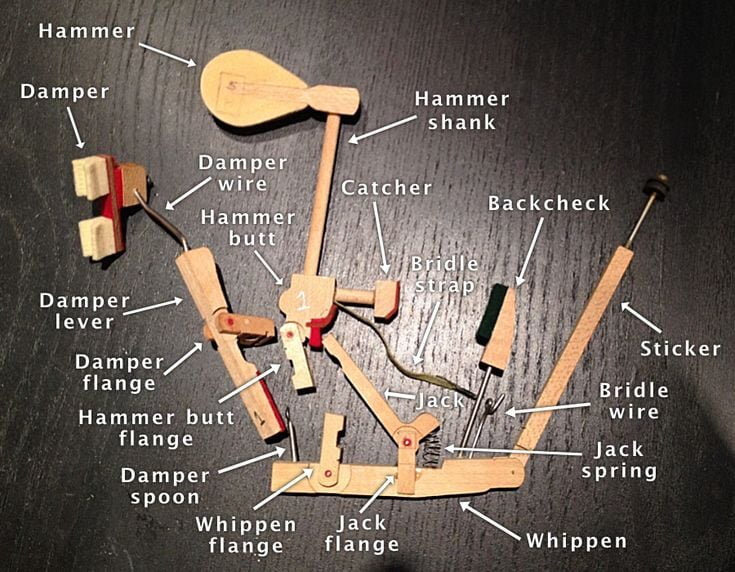
Hammers
When a key is pressed on the piano, the corresponding hammer is propelled towards the strings, striking them to produce sound. The material, weight, and shape of the hammers influence the volume and tone of the notes, making them a vital component of the piano’s action.
Dampers
Dampers are small felt-covered components that rest on the strings when the keys are not being played. When a key is pressed, the damper corresponding to that key is lifted, allowing the string to vibrate freely and produce sound. Proper damper regulation is essential for precise control over the sustain and release of notes.
Pedals
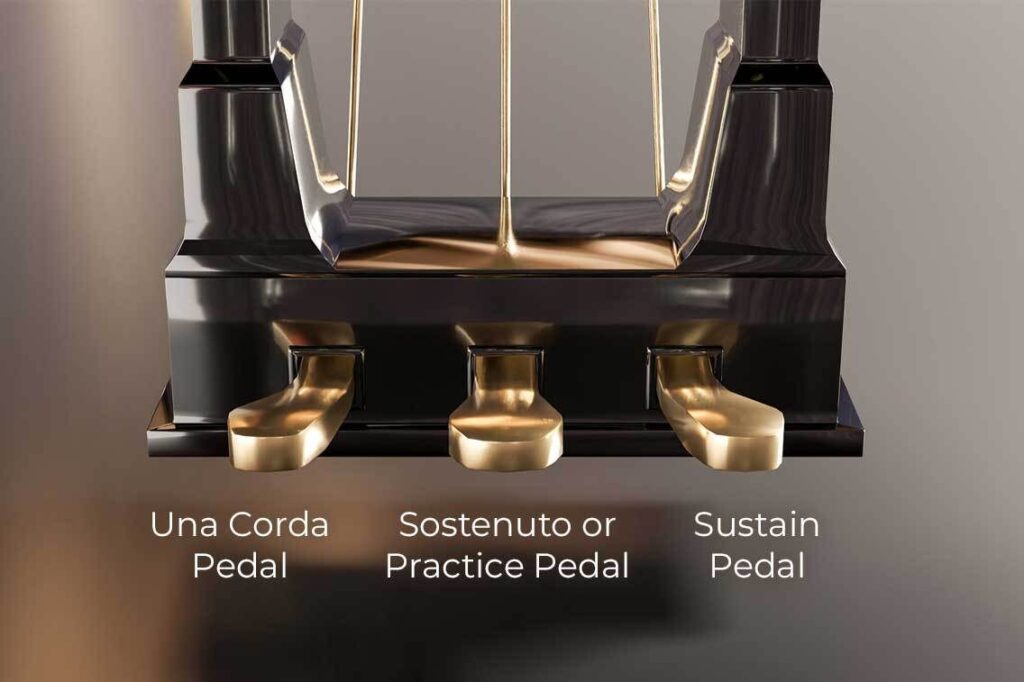
Most pianos come equipped with two or three pedals that offer additional control over the instrument’s sound. The sustain pedal, also known as the damper pedal, sustains all the notes played, while the soft pedal reduces the volume and alters the tone. The una corda pedal, present in grand pianos, shifts the hammers slightly to change the striking point on the strings, resulting in a softer sound.
Pinblock
The pinblock is a crucial component located inside the piano’s frame that holds the tuning pins in place. These pins secure the strings at the correct tension, ensuring that the piano stays in tune. A sturdy pinblock is essential for maintaining the stability and pitch accuracy of the instrument over time.
Comparing Piano Structures: Grand vs. Other Types
When exploring different types of pianos, it’s fascinating to examine their structural differences, particularly when comparing them to the grand piano, the epitome of elegance and precision engineering.
Upright Pianos
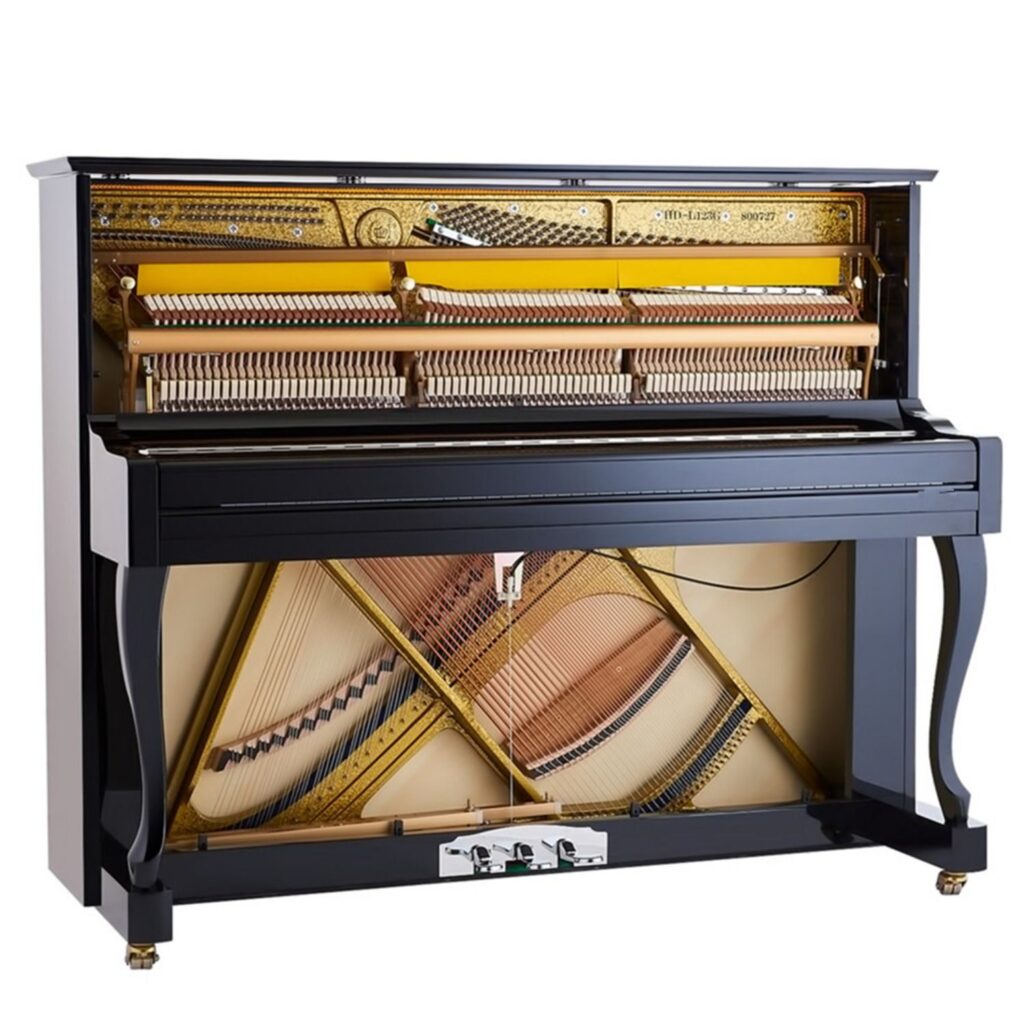
Unlike the grand piano, which boasts a horizontal design, upright pianos stand vertically, making them more compact and suitable for smaller spaces. The piano parts such as strings in an upright piano are arranged vertically, allowing for a more efficient use of space.
Also, the action mechanism in upright pianos is positioned vertically, with hammers striking the strings from below rather than horizontally as in grand pianos.
Digital Pianos
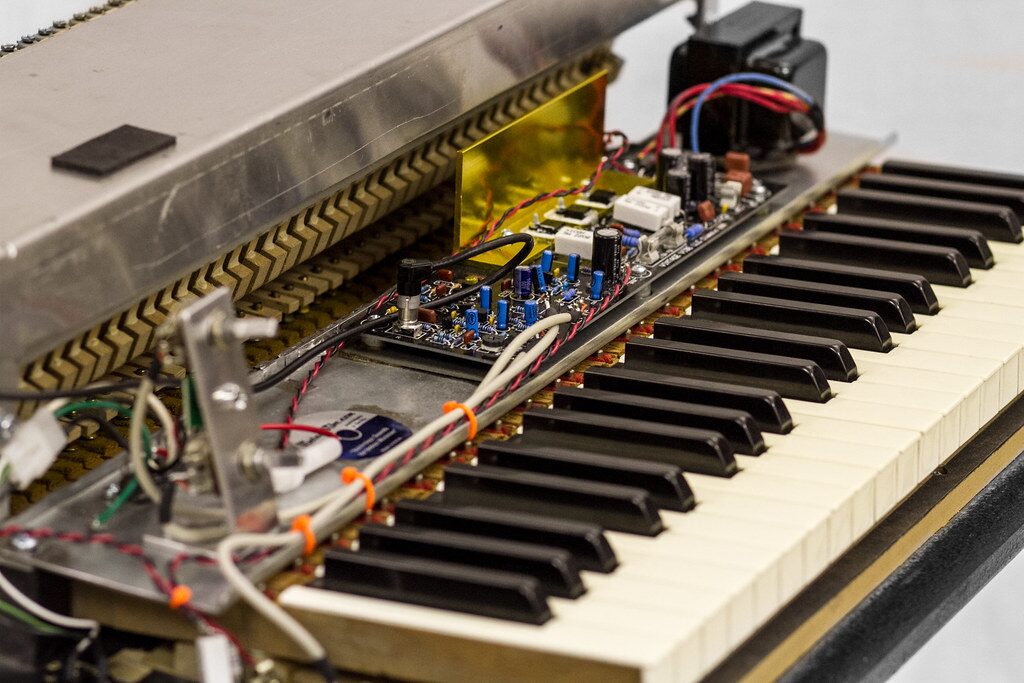
In contrast to the acoustic grand piano, digital pianos utilize electronic technology to produce sound. While they may not have the same piano parts as acoustic pianos, digital pianos aim to replicate the touch and sound of traditional pianos through advanced sampling and digital processing.
Digital pianos are often more compact and lightweight than grand pianos, making them popular choices for musicians seeking portability and versatility.
Baby Grand Pianos
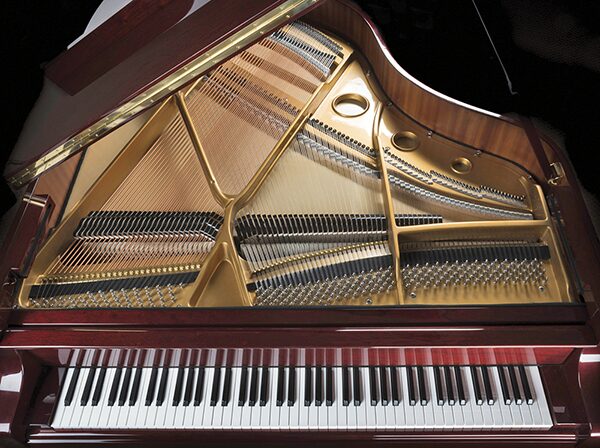
Baby grand pianos offer a compromise between the size of upright pianos and full-size grand pianos. While they maintain the horizontal structure and mechanism of grand pianos, baby grands are typically smaller in size, with shorter strings and a reduced overall footprint.
Despite their smaller size, baby grand pianos often deliver impressive sound quality and are prized for their aesthetic appeal.
Square Pianos
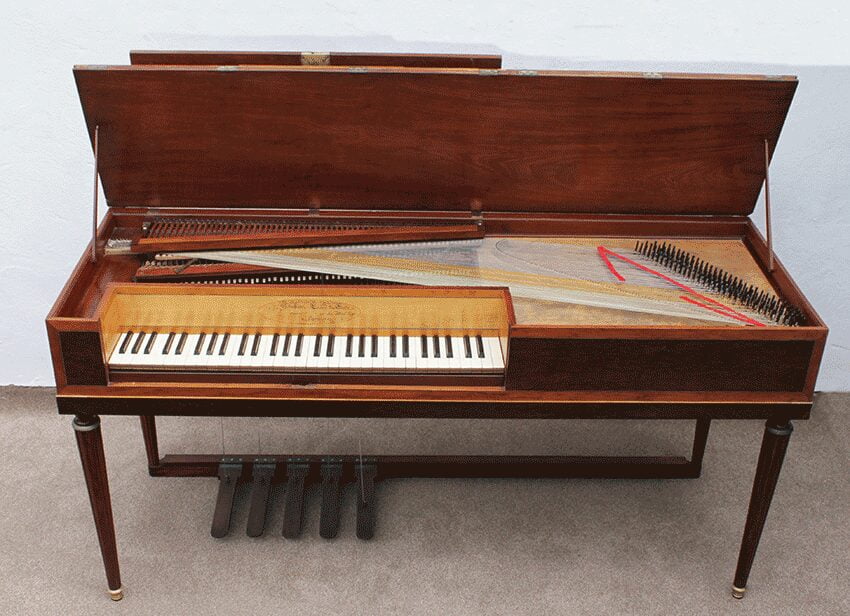
Square pianos, also known as rectangular pianos, were popular during the 18th and 19th centuries before the advent of the modern grand piano.
Unlike the grand piano’s distinctive curved shape, square pianos have a more angular design, with strings arranged horizontally and a compact, box-like appearance. While square pianos are no longer commonly manufactured, they hold historical significance and provide insight into the evolution of piano design.
Each type of piano offers a unique playing experience and aesthetic appeal, with structural differences reflecting advancements in technology, changes in musical preferences, and evolving design trends. Despite these variations, the grand piano remains a symbol of craftsmanship, artistry, and timeless elegance in the world of music.
Piano Accessories
In addition to the main piano parts, there are various accessories available to enhance the playing experience and maintenance of the instrument. Here are some common piano accessories.
Piano Bench
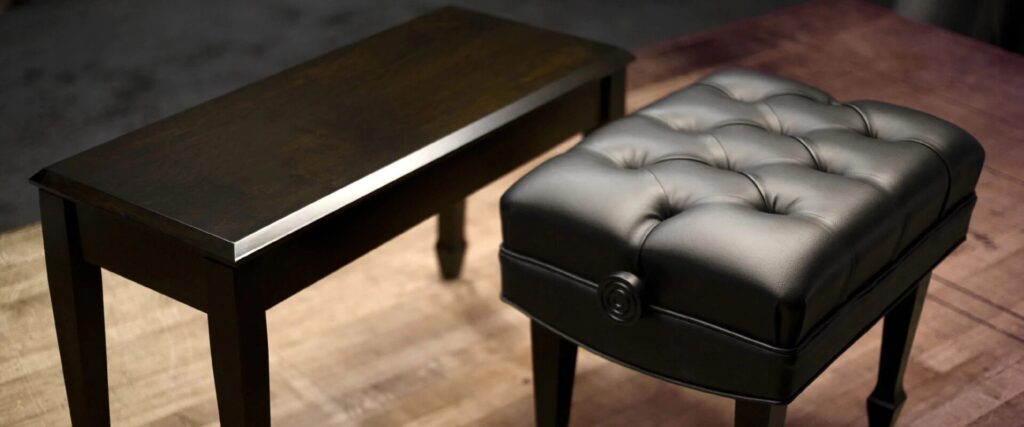
A sturdy and adjustable piano bench provides comfort and proper posture for players during practice and performances.
Piano Cover
A cover protects the piano from dust and sunlight when not in use, prolonging its lifespan and maintaining its appearance.
Key Cover Cloth
Placing a key cover cloth over the keys when the piano is not in use can prevent dust buildup and protect the keys from damage.
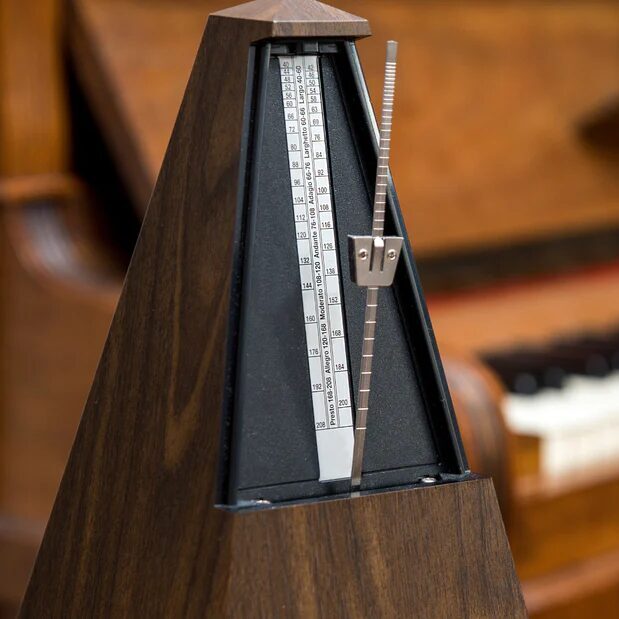
Metronome
A metronome helps players maintain a consistent tempo and rhythm while practicing different pieces.
Pedal Extenders
Pedal extenders are useful for young or petite players to comfortably reach the pedals on the piano while practicing.
The piano’s legacy as a symbol of musical excellence and artistic expression endures, inspiring generations to come to embrace the beauty and power of this remarkable instrument.
Conclusion
To sum it up, exploring the inner workings of a grand piano is like unraveling a fascinating mystery of musical craftsmanship. Every piece of piano parts, from hammers to springs, contributes to creating the beautiful melodies we love. It’s a reminder of the artistry and creativity that goes into making music, showcasing the grand piano as a timeless icon of musical expression.
Frequently Asked Questions
What is the science behind the piano?
The piano operates through a fascinating process, where pressing a key sets off a chain reaction: hammers strike strings, causing them to vibrate and produce sound. Factors like string tension and hammer velocity influence pitch and tone, while the wooden soundboard amplifies and enriches the sound. It’s a beautiful blend of mechanics and artistry, revealing the magic of music through science.
What is the purpose of the pedals on the piano?
The pedals on a piano serve different purposes. The sustain pedal, also known as the damper pedal, allows the sound to continue ringing even after the keys are released.
The soft pedal, also called the una corda pedal, creates a softer and more muted sound by shifting the entire keyboard slightly to the side. The sostenuto pedal sustains only the notes that are being played at the moment it is pressed, while allowing other notes to decay normally.
How do the black and white keys on a piano work?
The keys on a piano are attached to hammers that strike the strings when pressed, creating sound. The black keys are raised and longer than the white keys, indicating the half-step intervals in the chromatic scale.
When a key is pressed, a mechanism inside the piano moves the corresponding hammer, which hits the strings and causes them to vibrate and produce sound. The keys are weighted to provide resistance and control to the player, allowing for dynamic expression and nuances in playing.